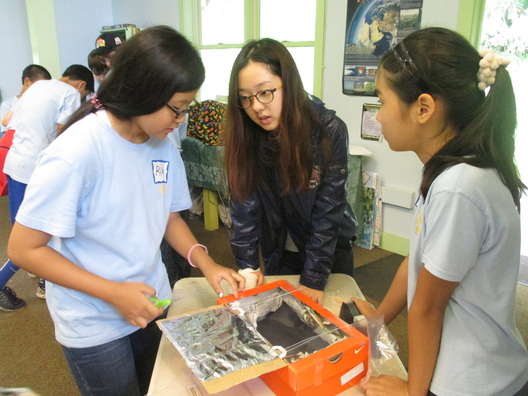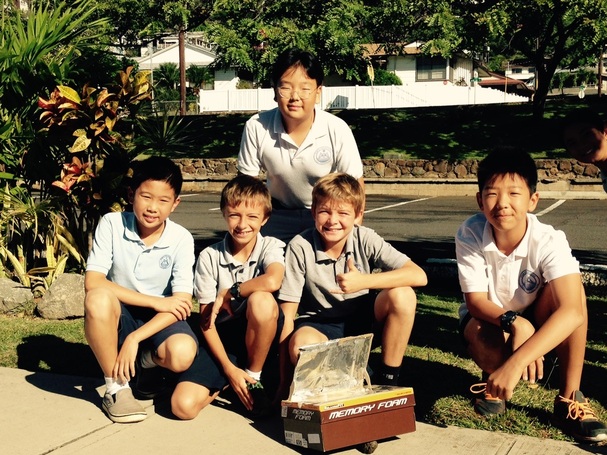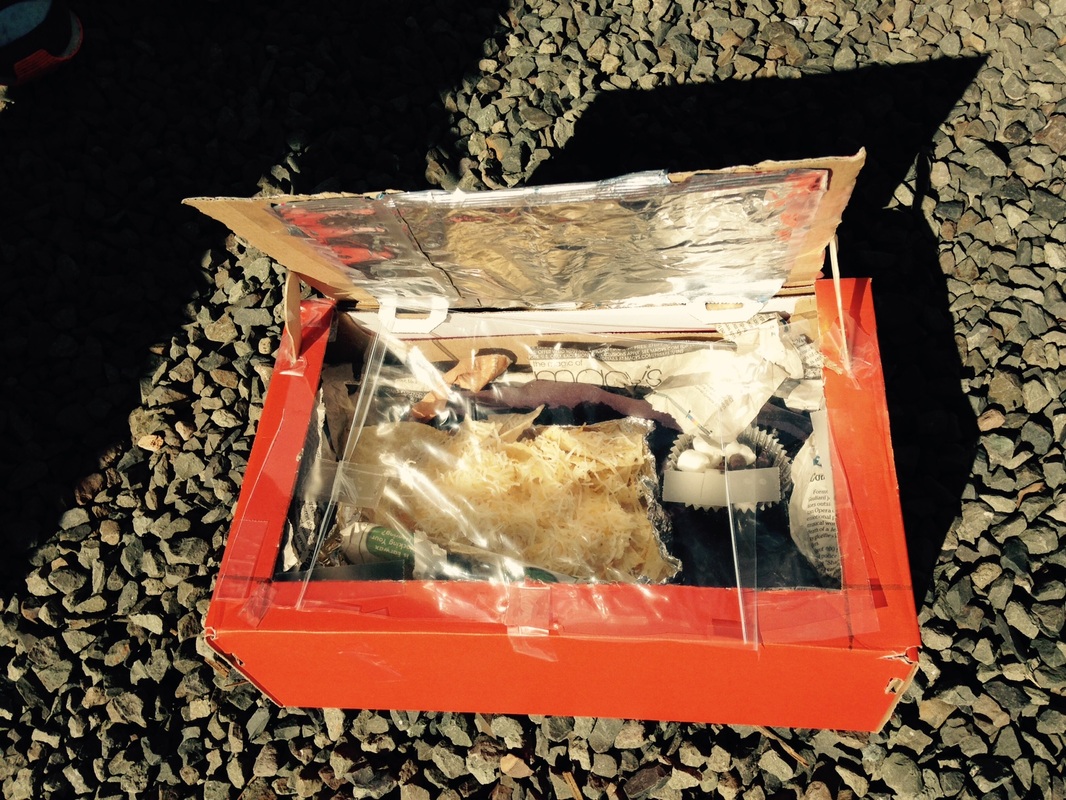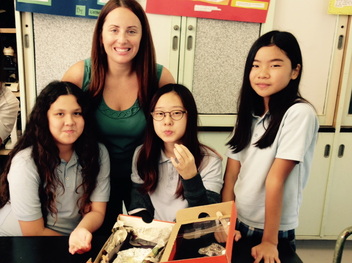|
Energy in Hawai'i In our studies relating to climate change, my students have been researching Hawai'i's energy production and consumption. We are very fortunate to have multiple renewable energy sources, such as solar, wind, biomass, hydroelectric, and geothermal, but renewables only account for about 8% of our total energy consumption. Over 85% of our energy comes from domestic and international petroleum imports. That's right, most of our electricity comes from the burning of oil. One energy source that really interests my students is solar energy. Despite the intensity and duration of our sunlight here in the tropics, students were surprised to learn that less than 2% of our energy consumption comes from solar energy. Yet progress toward a more energy-independent Hawai'i is being made, and solar energy is increasingly popular. In fact, right now, photovoltaic panels are being installed on the roofs of our school that will convert solar energy into electricity to power Star of the Sea. Engineering Solar Ovens But how about harnessing solar energy to cook food? Solar ovens, also called solar cookers, convert sunlight into heat energy, which gets trapped in the oven and raises its temperature. My students were challenged to design and build a solar oven that would maximize solar heat gain and retain the heat for cooking. To construct their ovens, the students used common household materials, including many reused and recycled items such as chip bags, newspaper, and shoe boxes. Solar ovens should be covered with reflective material, such as aluminum foil, in order to catch as much sunlight as possible. Used chip bags, cleaned and turned inside out work well for this purpose. There needs to be a window-like opening on the top of the oven covered with clear plastic. Most students left the flap when they cut the opening which was then engineered so the angle could be adjusted. Sunlight, both direct and reflected, enters the oven through this clear opening and gets trapped. Crumpled newspaper is a good insulator to line the inside of the box. Black construction paper works well as a cooking surface on the bottom of the box because it absorbs a lot of heat. If you've ever worn a black shirt on a hot day, you understand this concept! Our Solar-Oven Cook-Off!
Taylor
2/11/2015 08:30:53 am
Ms.v I had so much fun making the solar ovens and eating all the yummy food they made, and I hope we could do something similar like that.:)
lukefoery
10/1/2015 12:50:42 pm
can you cook food in it?
Miss V
10/3/2015 10:50:25 am
Yes, Luke, solar oven can cook food! Ours were used more to heat up food (melt cheese on nachos, make s'mores gooey), but more powerful solar ovens are used to cook food in many parts of the world. 11/17/2015 12:22:55 am
Every year the sun provides 8,000 times more energy than we use in the entire world. In fact is we could harness all of this energy we could generate enough electricity within one minute to power the world for one year! 8/25/2017 01:29:23 am
Which are the best cooktops? Editors analyze expert and user reviews to find the best gas, electric and induction models, and the best values. Comments are closed.
|
AuthorThis blog contains occasional dispatches from my science classroom and professional learning experiences. Thank you for reading! Archives
December 2021
|
|
Cristina Veresan
Science Educator |
Proudly powered by Weebly
|





 RSS Feed
RSS Feed